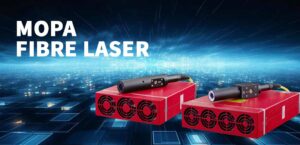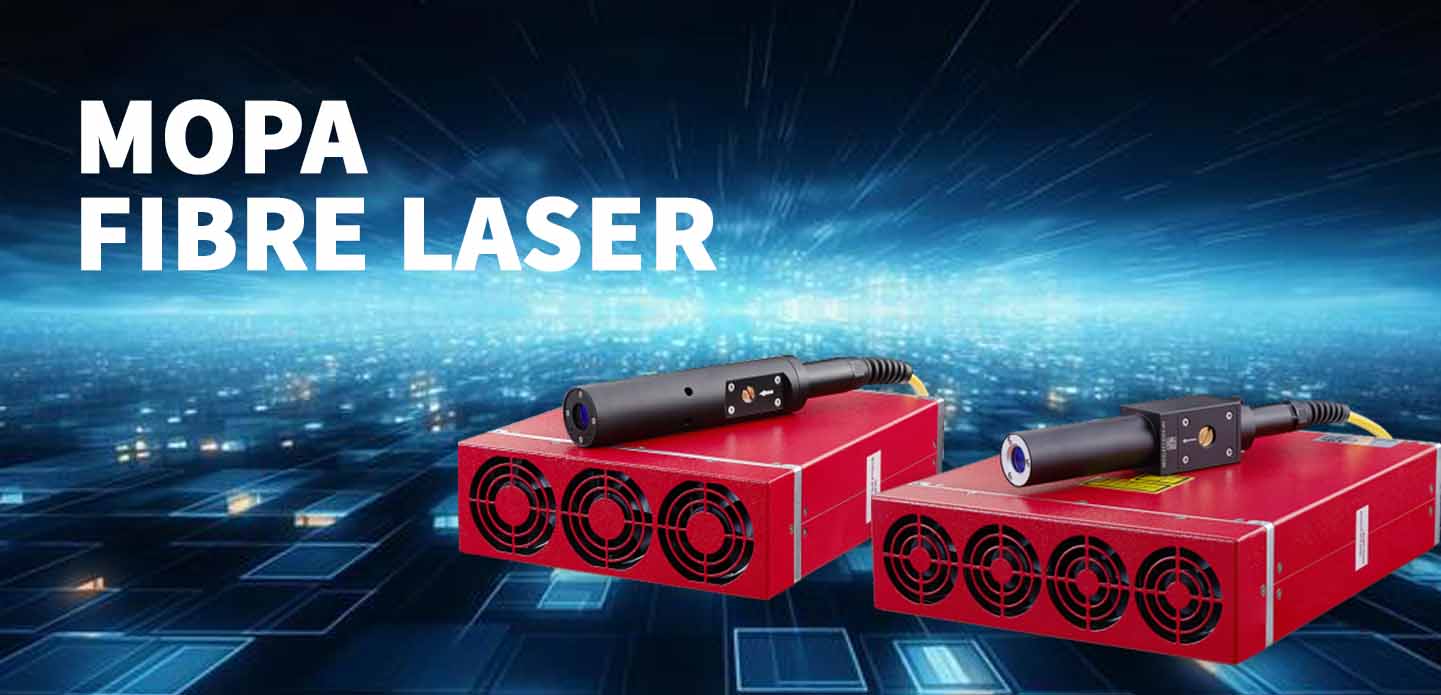
In the ever-evolving landscape of manufacturing and material processing, fiber laser systems have emerged as a groundbreaking technology that promises to revolutionize various industries. Driven by advancements in laser technology, these systems offer unparalleled precision, efficiency, and versatility. This article delves into the fundamental aspects of fiber laser systems, exploring their operation, applications, benefits, and the driving forces behind their increasing adoption.
What is a Fiber Laser System?
A fiber laser system is a type of laser that uses a flexible optical fiber as its gain medium. Unlike traditional lasers that may employ gas or solid-state crystals, fiber lasers utilize a doped fiber—often composed of silica—where impurities such as ytterbium or neodymium are incorporated. This structure not only enhances the efficiency of the light generation but also offers remarkable beam quality, making fiber lasers a preferred choice in numerous applications.
The operation of a fiber laser involves an optical pump source that excites the dopants within the fiber, producing photons. These photons travel back and forth along the length of the fiber, stimulating the emission of more photons in a coherent manner. The tightly packed configuration of the fiber allows for high power densities and exceptional stability, resulting in a laser beam that is both powerful and precise.
Key Features of Fiber Laser Systems
Fiber laser systems boast several distinctive features that set them apart from conventional laser technologies:
1. Compact Size: Fiber lasers are typically more compact, making them easier to integrate into existing manufacturing processes and environments.
2. Higher Efficiency: Their efficiency surpasses that of traditional lasers, leading to reduced energy consumption and operational costs.
3. Excellent Beam Quality: The output beam of a fiber laser exhibits a very small spot size, which is essential for applications requiring intricate detail.
4. Low Maintenance: With fewer moving parts and robust construction, fiber lasers require significantly less maintenance, enhancing operational uptime.
5. Wavelength Versatility: These systems offer options for customizing wavelengths, allowing users to optimize processes according to the material being processed.
Applications of Fiber Laser Systems
The versatility of fiber laser systems enables their application across a broad spectrum of industries. Key applications include:
– Metal Fabrication: Fiber lasers are extensively used for cutting, welding, and engraving metals due to their ability to cut through thick materials with exceptional precision.
– Textile Industry: In textile manufacturing, fiber lasers can efficiently engrave or cut fabrics, ensuring high-quality finishes and designs.
– Aerospace: The aerospace sector benefits from fiber lasers for their precision and ability to handle complex materials that require outmost accuracy and resilience.
– Automotive: In the automotive industry, fiber laser systems play a crucial role in manufacturing processes such as welding, marking, and cutting components.
– Medical Devices: The medical field utilizes fiber lasers for a variety of applications, including the manufacturing of medical devices that require strict adherence to hygienic practices.
The Future of Fiber Laser Systems
As industries continue to embrace automation and advanced manufacturing techniques, the role of fiber laser systems is becoming increasingly significant. The ongoing innovation in laser technology promises to yield even more powerful and efficient systems, allowing for further enhancements in production capabilities.
The drive toward miniaturization and customization in manufacturing processes will likely see a surge in the adoption of fiber laser systems. Investing in research and development will foster improvements in speed, efficiency, and quality, which are paramount in maintaining competitive advantage in global markets.
Moreover, the integration of artificial intelligence and machine learning with fiber laser technology can optimize production workflows, enable predictive maintenance, and enhance overall operational performance.
Conclusion
Fiber laser systems represent a cutting-edge solution for modern manufacturing challenges. Their unique properties, versatility, and efficiency not only set a new standard for laser technology but also underscore their vital role in the industries of tomorrow. As manufacturing processes continue to evolve, the expansion of fiber laser technology will undoubtedly shape the future of material processing and fabrication, reinforcing its status as indispensable in contemporary manufacturing environments. The commitment to innovation, sustainability, and precision in fiber laser systems will ensure that they remain at the forefront of industrial technology for years to come.
由用户投稿整理稿件发布,不代表本站观点及立场,仅供交流学习之用,如涉及版权等问题,请随时联系我们(yangmei@bjjcz.com),我们将在第一时间给予处理。






